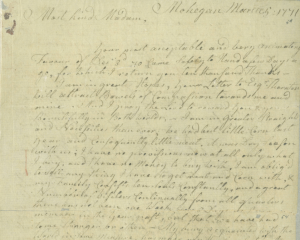Our series highlighting a digital collection or item relevant to this day in history, by Monica Erives, Edward Connery Lathem ’51 Digital Library Fellow.
On this day, August 1st, in 1882 commenced the 1st International Polar Year (IPY), a year when nations come together to coordinate intensive scientific research in the polar regions. This event was yet another indication of the changing incentives for polar exploration during the 19th century, from those motivated by the discovery of new sea routes to those powered by scientific discovery. The 1st IPY committee set out to establish 13 Arctic and 2 Antarctic stations, all of which were established except one. William H. Hobbs, a geologist and leader of four expeditions to Greenland, sums up the variety of research undertaken during this inaugural polar year in a reference file from the DLP’s Encyclopedia Arctica:
In addition to meteorological and earth magnetism observations, most stations carried out studies of the aurora and of electrical earth currents. Some of them made regular observations of the tides and of ocean temperatures, Many of them also made ethnographical, zoological, botanical, and geological observations of greater or less importance.
To learn more about the First and Second International Polar Year, visit The Encyclopedia Arctica (Volume 7) or simply explore the visual wonders of early arctic exploration by visiting The Vilhjalmur Stefansson Collection of Arctic Photographs.
And if you just can’t stop there, read about the 4th and most recent IPY, which occurred from 2007-2008.



